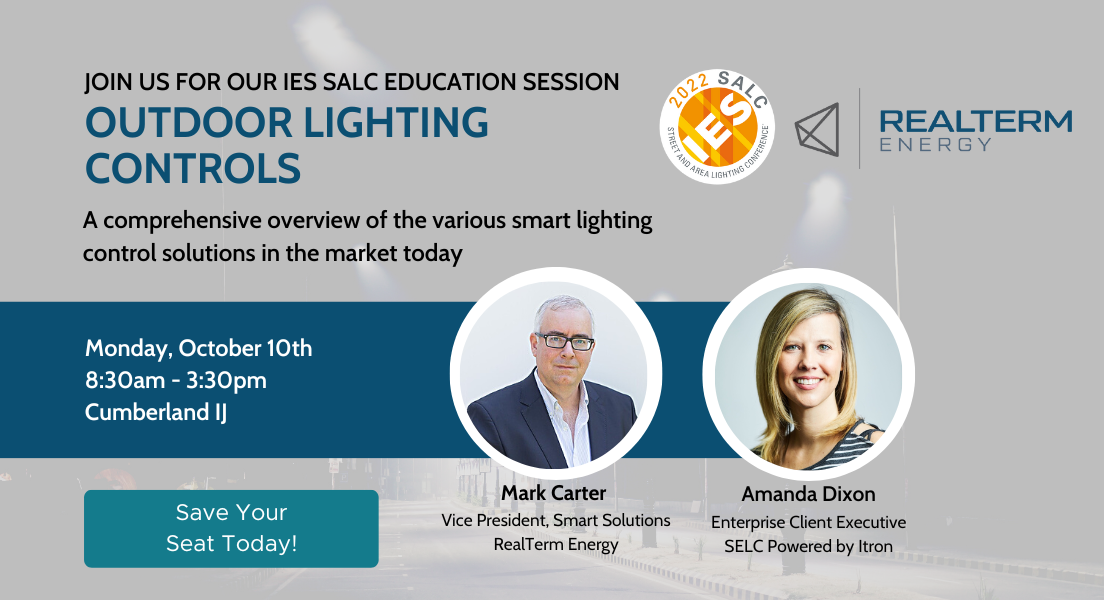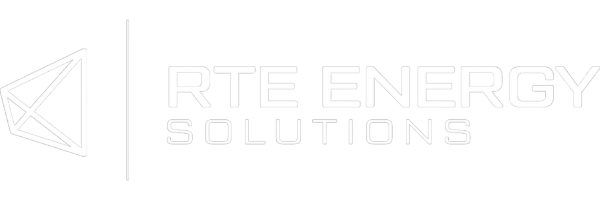October 10-13, 2022 | Dallas, Texas | Street & Area Lighting Conference
Stop by our education session at the Illuminating Engineering Society Street and Area Lighting Conference! This in-person conference will include outdoor lighting training classes, seminars, networking sessions and an exhibit hall.
Join Our Educational Session on Monday, October 10th to learn about the latest smart lighting technology and its various use cases!

Topic: Outdoor Lighting Controls | 8:30am-3:30pm | Cumberland IJ
This class will provide a comprehensive overview of the various smart lighting controls solutions in the market and the standards that comprise them. Particular attention will be paid to the city/utility use cases that drive the technology choices for different technologies and functionalities. Value propositions and business cases will be reviewed for the various solutions available, so that the class participant can make informed choices about the proper smart and connected lighting solutions for their constituents.
Outdoor Lighting Applications
This full-day course expands on the Fundamentals of Outdoor Lighting Course. It is intended to explore outdoor lighting at the professional design level. Topics include fixture selection, specification design criteria and considerations, regulatory issues, and design concepts.
Featured Speakers

Mark Carter, Vice President of Smart Solutions, RealTerm Energy (speaker)
Amanda Dixon, Enterprise Client Executive, SELC (speaker)
About the Conference
Attendees come from across the country and internationally representing utilities, municipalities, DOTs, consulting and engineering firms, research firms, manufacturing firms and educational institutions. The IES Street and Area Lighting Conference is the only forum specific to the interests and challenges facing outdoor lighting professionals.
Connect with Us
If you're interested in seeing what we're up to, you can follow us on LinkedIn and learn more about our LED streetlight solutions that can:
- reduce your energy costs by up to 70%
- decrease maintenance costs by up to 80%
- improve public safety
- eliminate or lower light pollution
- lower your carbon footprint and more!
